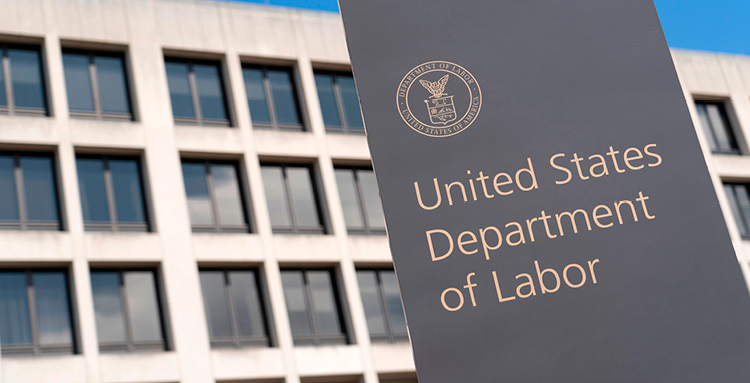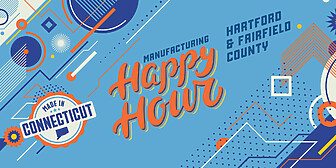Federal Shutdown Idles OSHA, Delays Enforcement

The federal government shutdown that began Oct. 1 has paused most activity at the Occupational Safety and Health Administration, raising concerns about safety oversight, compliance delays, and litigation backlogs.
According to the agency’s contingency plan, OSHA has furloughed much of its workforce—reportedly more than 1,200 of its 1,664 employees—leaving only a small group available to respond to imminent dangers, fatalities, catastrophes, and other high-priority situations.
Standard inspections, informal conferences, rulemaking efforts, and legal enforcement actions are all on hold.
The government shutdown, however, does not shut down inherent risks at some workplaces and it does not shut down the need for employers to continue to ensure that workplace safety is a top priority,
Keeling Confirmed as OSHA Chief
Amid the shutdown, longtime workplace safety advocate David Keeling was confirmed by the U.S. Senate to lead OSHA as the new assistant secretary of labor.
Keeling’s track record and forward-looking vision have been well received across the safety community.
Keeling’s track record and forward-looking vision have been well received.
He brings a strong focus on technology, modern enforcement strategies, and building collaborative employer engagement.
However, until the shutdown ends and the agency returns to full operations; he won’t be able to get much traction.
As with any real change, it’s going to take time.
Employers Still Have a Duty
While federal enforcement may be paused, employers still have the same obligations under the Occupational Safety and Health Act.
The General Duty Clause is still in effect. Injuries, illnesses, and fatalities don’t wait for the government to reopen—and neither should your safety efforts.
Employers should use this period to review programs, audit hazards, refresh training, and ensure compliance.
Now is not the time to ease up simply because you’re unlikely to be inspected.
Employers should use this period to review programs, audit hazards, refresh training, and ensure compliance across the board.
Employee safety should never be treated as optional—or as conditional on the likelihood of a citation.
What Happens Next?
It’s unclear how long the shutdown will last, but once federal operations resume, a backlog is likely.
Delayed inspections, enforcement cases, and policy initiatives will take time to ramp up again.
In the meantime, safety leadership rests with employers.
Safety leadership rests with employers.
Safety is about seeing employees as a whole person with a life worth preserving, adopting holistic approaches to maintaining your workforce while running a business.
That includes physical safety, mental health and emotional well-being, and achieving desired results and company goals without risking the most important part of any business—the employees.
As responsible workplaces, we should be doing the right thing even when OSHA is not watching.
For more information, contact CBIA’s Delmarina López (860.244.1982).
RELATED
EXPLORE BY CATEGORY
Stay Connected with CBIA News Digests
The latest news and information delivered directly to your inbox.



